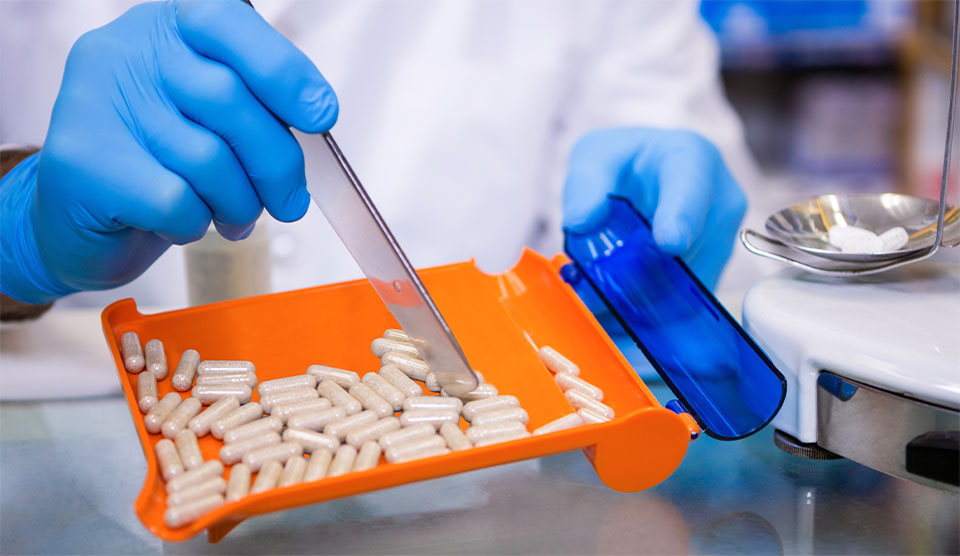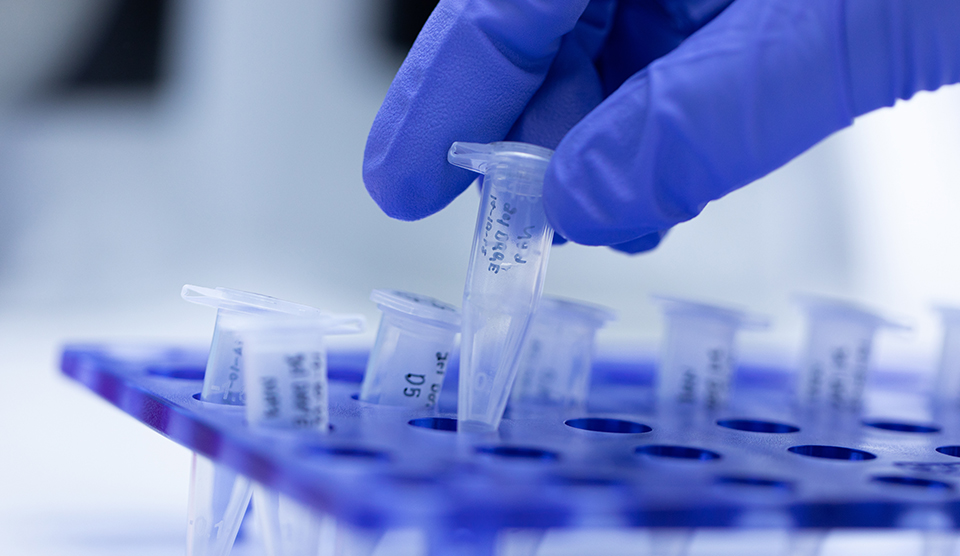Science-driven Metabolic Experience Differentiates Our Services
Unparalleled Metabolic Expertise
Our services feature broad scientific expertise, direct patient access, advanced methodologies, and global operations that are exclusively focused on diabetes, NASH and obesity to support our clients’ commitment to improving human health. Our understanding of metabolic disease and methods to accelerate drug and device development are proven, measurable, and showcased in our CRO services covering phase 1 through specialized phase 3 clinical trials.


Right-sized To Accelerate Your Clinical Trial Programs
We are a team of global scientific and operational experts within a right-sized, nimble organization able to accelerate programs for our clients, while the focus of our therapeutic expertise in metabolic diseases allows for a deep understanding of client development needs. Each of our clients is important to us, no matter the size of their pipeline, and receives the same level of dedicated attention from specialized and experienced professionals.
Data-driven Patient Engagement Strategies
We have developed differentiating programs for improved access to patients, especially for complex, difficult-to-recruit clinical trials, utilizing a specialized patient engagement platform and our relationships with clinical research sites worldwide. This platform ensures that our clinical studies are enrolling eligible patients at the most qualified sites and engaging with the study participants throughout the study and beyond.




















